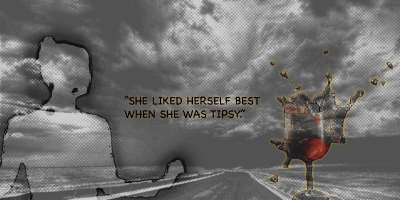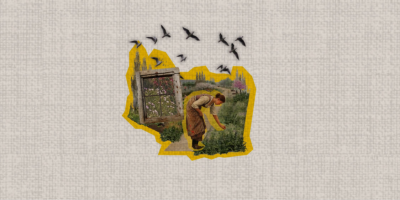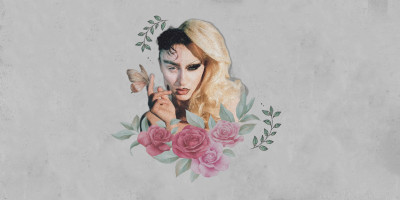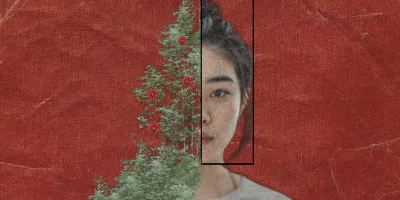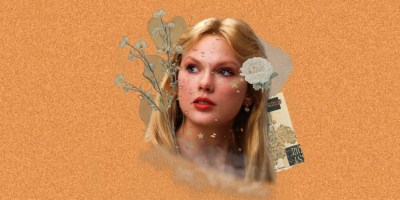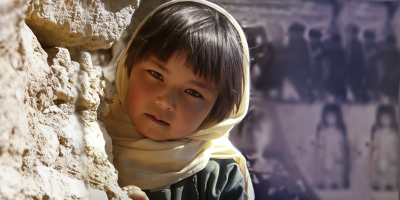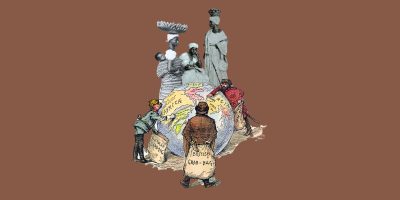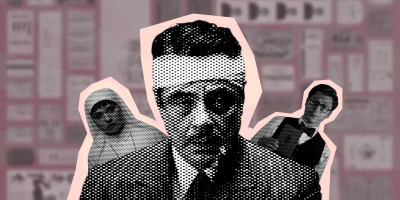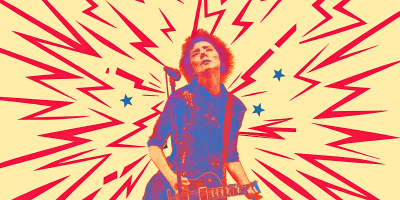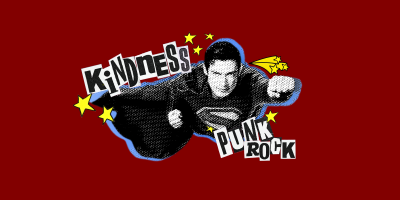
“The deep sea is a haunted house: a place in which things that ought not to exist move about in the darkness.”
Julia Armfield, “Our Wives Under the Sea”
British writer Julia Armfield’s debut novel, “Our Wives Under the Sea,” has not left my mind since finishing the book. While the book falls in the horror genre, it carries both tenderness and tension.
Leah, the protagonist of the novel, goes on a submarine mission for a couple of weeks, but weeks turn into months, leaving her partner Miri to expect the worst. The book dives into Leah’s comeback from a traumatic experience. As Leah struggles with the aftershock of her trip, Miri faces the possibility that their lives may never be normal again. Told from two perspectives, the book allows the reader to dive into the sea with Leah and then return to land with Miri who reflects on their current situation with flashbacks to their happier times.
Leah returns from the sea deeply changed. She is quiet, her skin paler than usual, almost inhuman. She needs to be constantly surrounded by water, taking long baths and drinking water with abnormal amounts of salt to feel closer to the sea. Despite Miri’s attempts to help her, Leah is unable to communicate. She is physically present, but emotionally distant, forcing Leah to face her love slowly slipping away.
Grief is the main theme throughout the book. Miri is battling with the idea that her wife is not gone but she is losing her. The flashbacks from their early days, such as their first few dates, kisses, and scenes from their domestic life, in contrast with Leah’s traumatic experience in the sea, show how Miri is slowly realizing that Leah is going through something traumatic and that she cannot do anything to save her.
Armfield perfectly portrays the different levels of the sea and slowly paints a picture of panic and fear. The chapters are named after the sea levels, categorized by depth zones: epipelagic (sunlight), mesopelagic (twilight), bathypelagic (midnight), abyssopelagic and hadal zones.
Each chapter slowly peels back the layers of their marriage. The hadal zone – the deepest part – concludes the book, as Leah transforms into entirely something else and Miri is left alone to grieve, heal and continue to live. Like the sea, their story goes down with each zone.
As the title foreshadows,“Our Wives Under the Sea” contains a deep theme of the sea through the entire plot. This theme is common in many queer stories. From books to movies to music videos, like Sarah Waters’s “The Paying Guests” novel, or Céline Sciamma’s “Portrait of a Lady on Fire” film there seems to be a big connection with sapphic love stories and the sea.
When talking about the relationship between queer people and the sea, Armfield mentioned in an interview that the sea is often used as “a symbol of something forbidden, something which you want to dive into and can’t.” Queer people, especially in heteronormative societies, are often viewed as “unnatural,” their love – “forbidden.”
Armfield also said that while the sea might have a peaceful surface, there might be something strong going on underneath. She connected this idea with queer people often presenting themselves as someone else to others. Not much is known about the world that exists deep down under the sea; it is nothing but terrifying. Not many have been able to go there and come back successfully.
“Our Wives Under the Sea” is not the kind of horror that makes you shiver; rather it will make you ache. The book has gothic themes throughout and many references to horror movies. It will absorb you just like the sea and take you on this tragic journey.

